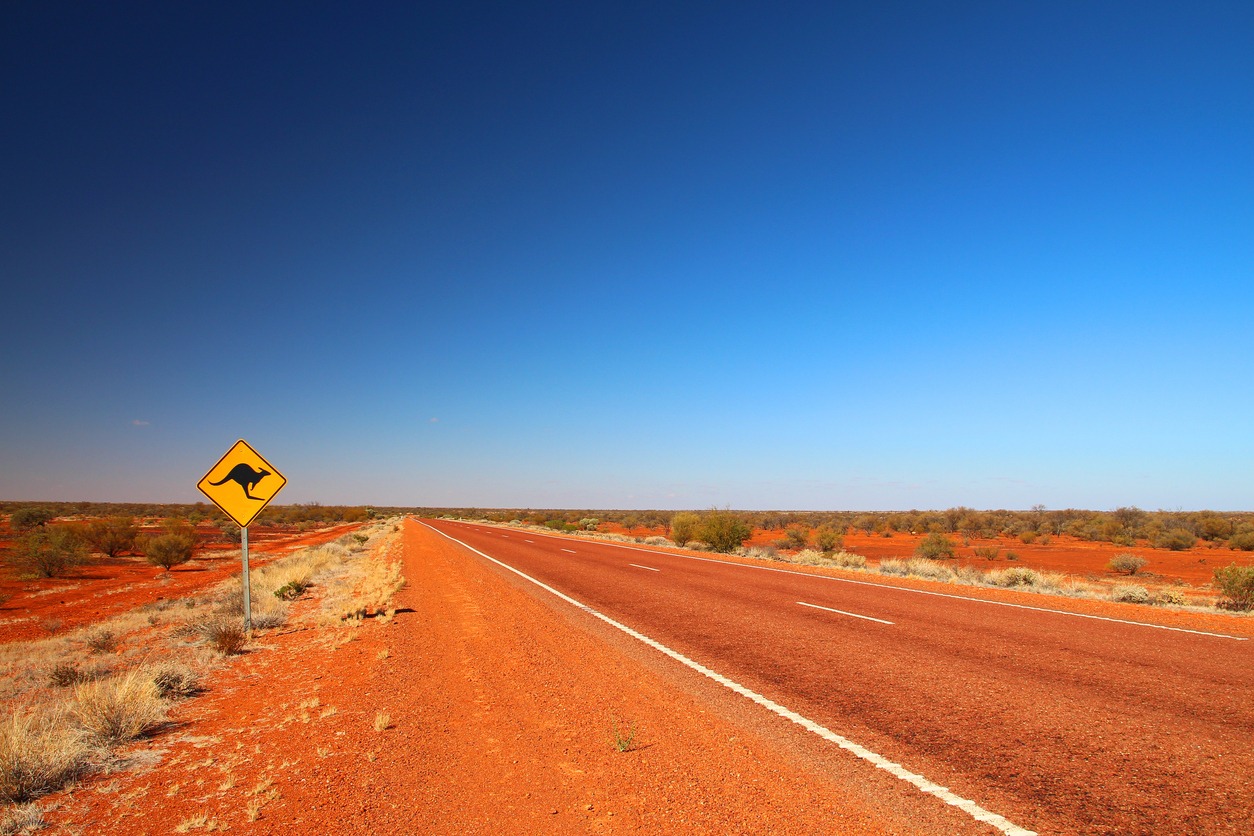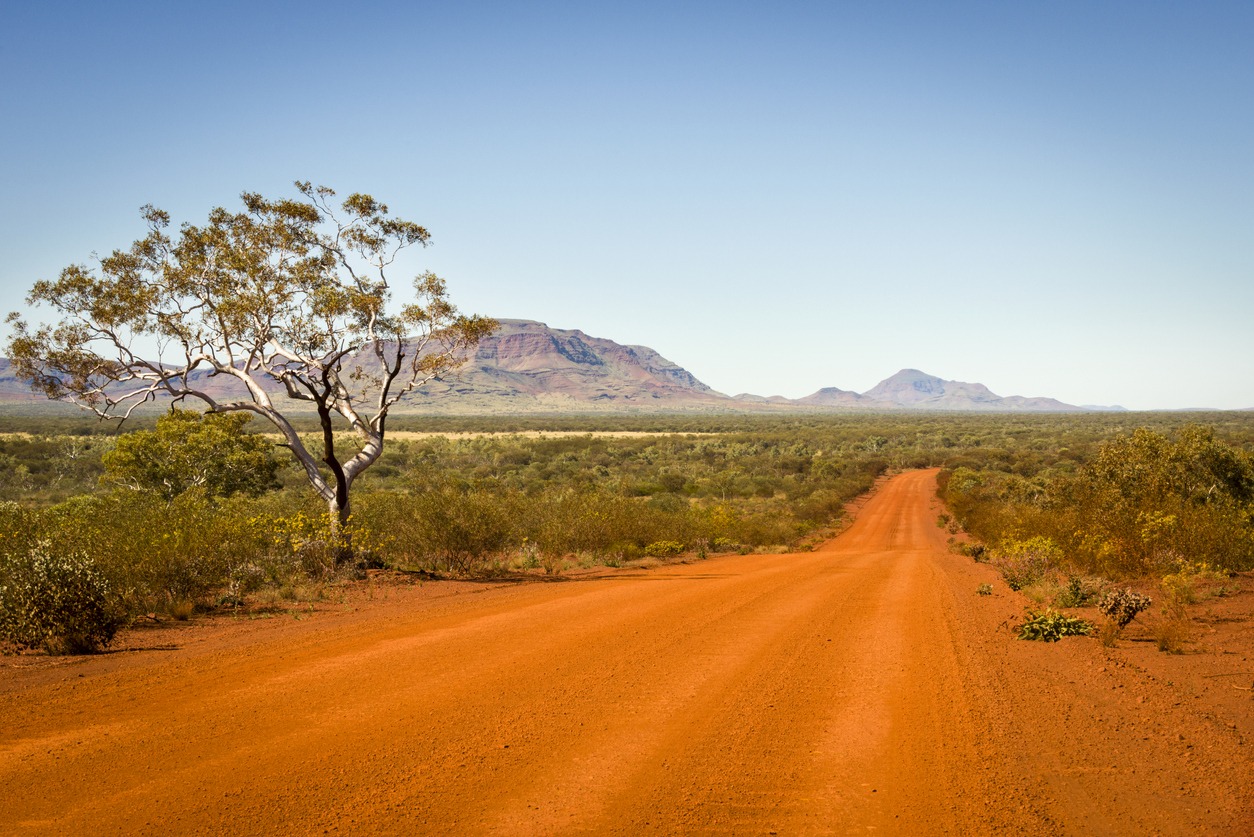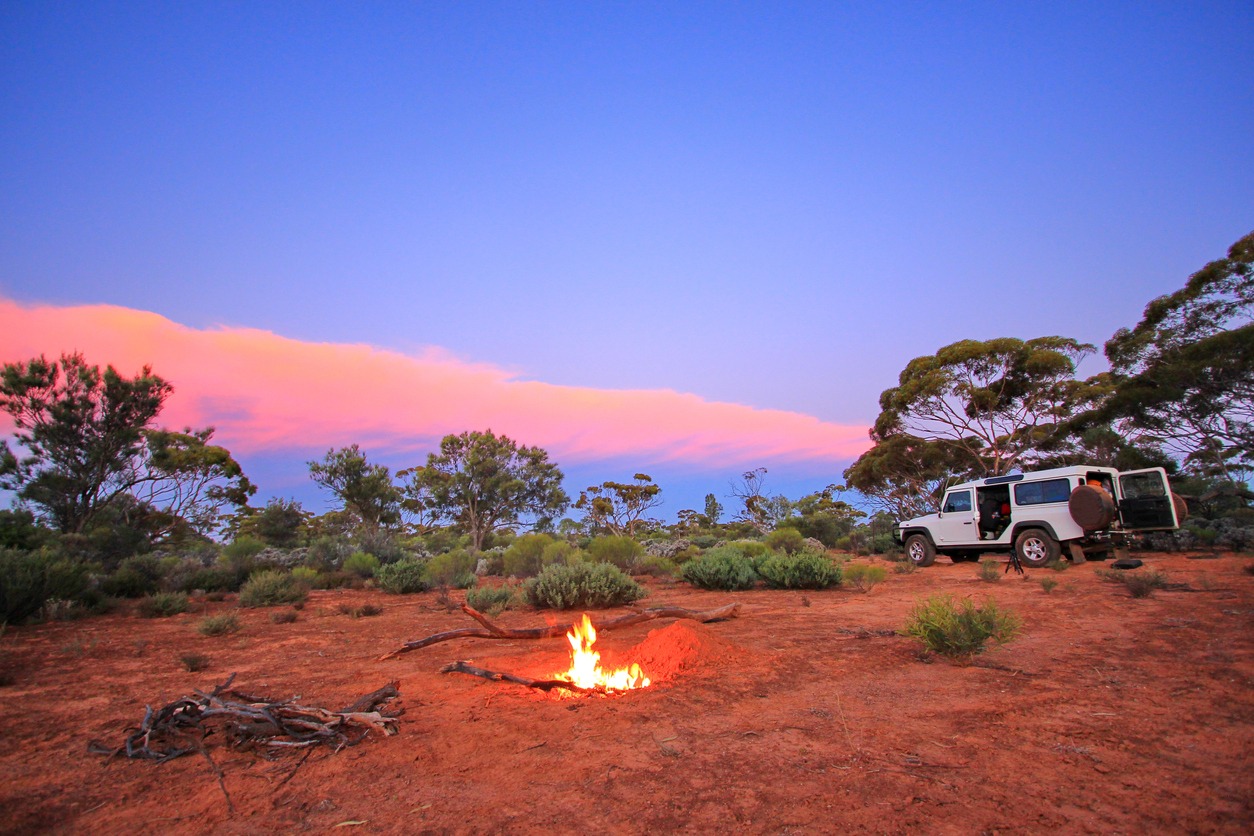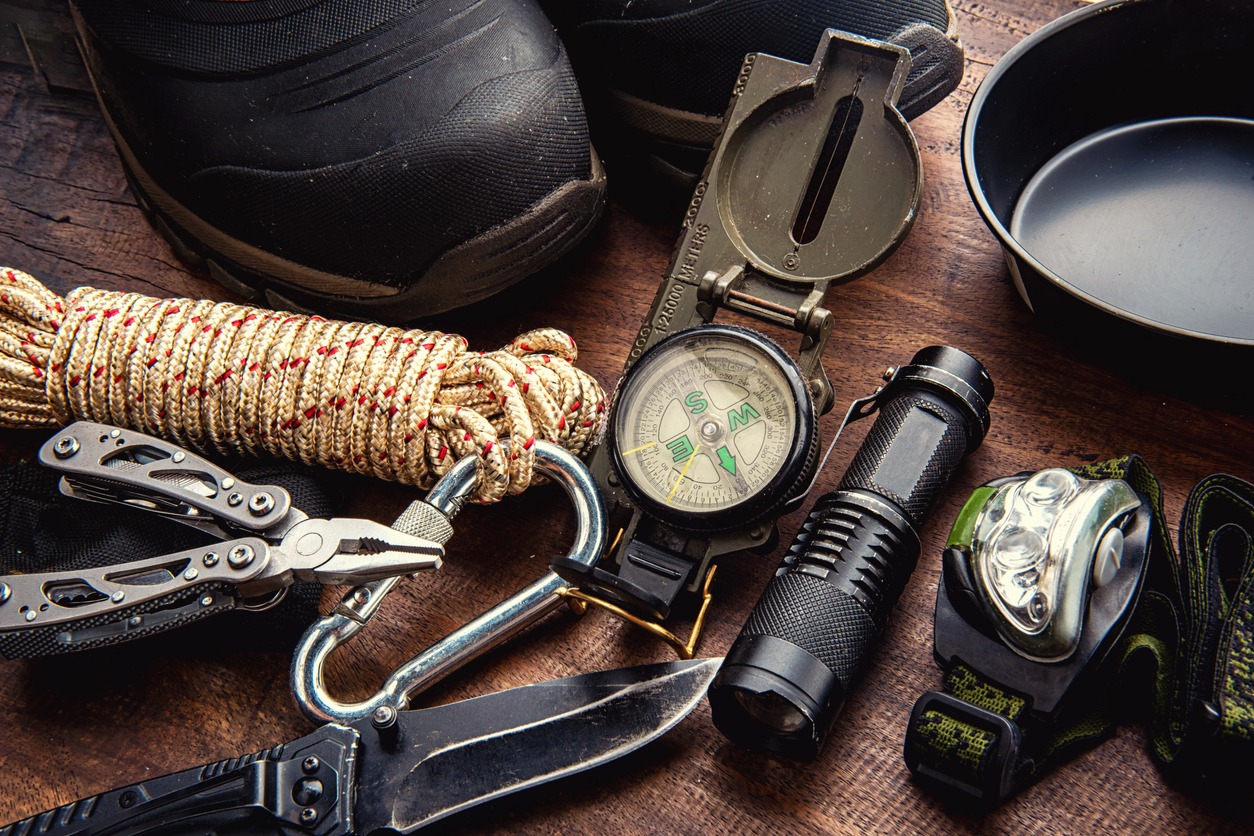Why do people travel?
Traveling plays a crucial role in life for a variety of reasons. Traveling provides experiences, insights, and memories that will genuinely enrich people’s lives. It is extremely satisfying for individuals who enjoy being outside and observing life. They come across new individuals, cultures, and tongues. Whatever the motivation, traveling is a worthwhile activity that can have a lot of positive effects. It is priceless. It enables people to view life in a different way.
What is the Australian Outback?
The vast majority of Australia’s land is either desert or rainforest.
The Outback reaches all the way to the coast in most of northern Australia, not just inland. The entire coastal region from Cairns to a little north of Geraldton is essentially outback, with Darwin serving as a small sliver of a huge metropolis in an otherwise desert setting. The outback does not always refer to arid places; it often refers to the wet woods of the Northern Territory and Northern Queensland.
You will spend days just seeing the countryside and red sand in some Australian outback regions. You will see fields and you may see a long, dusty, interminable road with one general store in the midst of the “outback,” and nothing in between. It can be scalding hot and icy cold at the same time.
In conclusion, the Australian outback is rewarding despite its “isolated” beauty. Australia is a stunning country with a wide range of cultures, environments, and experiences.
What types of experiences may tourists expect to find in the Australian Outback?
Australian culture has a strong affinity for “the outback,” a region in that country. Some people think of the outback as a vast, arid, desolate, sunburned area of scorched deserts and open brown plains, but there are also beautiful landforms and spectacular sunsets, brilliant stars in the vast sky, breathtaking sunrises, frogs and crickets chirping as you fall asleep, flora and fauna, dinosaur footprints, rock carvings, petroglyphs, and other things.
The Ghan, The Kimberley, Uluru, Devil’s Marbles, Mt. Chambers in the Flinders Ranges, Kings Canyon, The Pinnacles, Red Centre, Prism Hill, Coward Springs, Anna Creek Station, Oodnadatta, Barron River National Park, and many other locations are among the most popular destinations in The Outback.
What are the necessities for traveling in Australia’s outback?
GPS
Due to the lack of mobile phone service throughout the majority of the Outback, cell phone reception is generally weak to nonexistent, making a GPS essential.
Portable Stove and Gas Cans
Public grills are provided in locations where there is a high fire risk. They are often electric but could also be gas. You can use a portable gas stove, although local laws may forbid it. Australia does experience frequent fire hazard days, at which time ANY exposed flame should not be used outside. To be sure you can bring your own gas stove or not, you should first verify the local laws.
First Aid
A complete first aid package is required, along with compression bandages for snake bites.
Satellite Phone
Mobile phone coverage is not available in the majority of Australia. Satellite phones are used in the most isolated locations to communicate with the outside world.
Power Bank
It is one of the most practical devices for computers and cell phones. They may be charged while you are on the go without an AC power source.
Insect Repellant Spray
For insects, the breeding season is during the summer and monsoon. In addition to the typical bacterial and viral infections, mosquito-borne illnesses are becoming more prevalent. Therefore, if you plan to visit The Outbacks during that time, you must bring a bug repellent.
Flashlight
You never know what circumstance you’ll find yourself in. Being able to see some light when you’re lost is comforting.
Sunscreen
Sunscreen is a necessary if you plan to visit the desert region in the summer when temperatures range from 36 to 39 degrees Celsius and there is hardly any cover from the heat provided by trees or other structures in the outback.
Wide Brimmed Hat
The wide brim protects the face, neck, and ears from the scorching sun in desert conditions, where too much UV can cause cancer and severe burns.
Toiletries
The majority of your cosmetics and personal care items will fit in your toiletry bag, so make sure it is liquid resistant. Choose the appropriate size according on the stuff you plan to carry with you frequently. The greatest choice are lightweight bags for toiletries. This is not only due to the fact that they are simple to pack and carry, but also due to the fact that they are a wonderful benefit for the limited space in your bag.
Sleeping Bag
Most seasoned campers choose to use mummy bags as their sleeping bags. They are meant to wrap somewhat tightly around thier body while still allowing some movement. In comparison to the typically less expensive rectangle sleeping bags, they are lighter and warmer.
Multi-Tool Pocket Knife
Having a pocket knife on hand is a good idea. It is primarily employed when preparing food or when chopping kindling for a fire. The majority of individuals will naturally want to get rid of ticks and splinters as quickly as they can, thus the tweezers in it can be employed for these purposes. The best equipment for backpackers and campers is a multifunctional pocket knife.
Tent
In national parks, free camping, and campgrounds all around Australia, a standalone tent may be utilized. However, some campers opt to sleep in safari huts.
Food and Water
Food in cans is the way to go. Making sure you have enough food and water on hand is important because, in the outback, you may be more than a day’s journey from the next source of supplies. Except when you’re in a city. Food that has been vacuum-packed or dehydrated is also suitable.
Clothing
The outback can be dry and arid depending on the season, although it occasionally gets below zero degrees. Lightweight clothes are essential in the morning when planning what to wear on an Outback tour. Shorts, t-shirts, vests, breathable slacks, leggings, and thin, long-sleeved shirts are all appropriate attire. While it is preferable to wear warm, long-sleeved clothing in the evening because it gets cooler.
In packing, shirts are more space-efficient when rolled as opposed to folded.
Conclusion
The outback is best visited between late April and September when temperatures are often lower and there are less cyclones, floods, and monsoonal rainstorms.



